
Kai Dog
Kai Dog
Kai Dog
The Kai Dog is a medium-sized Japanese dog breed known for its sturdy legs and physique. It features erect ears and a tail that curls or sticks out. There are three coat patterns: black brindle, red brindle, and brindle, all featuring striped patterns. Black brindle has a red-brown pattern on a black base, and red brindle includes reddish-brown with black patterns. Occasionally, non-brindle solid colors are born, but they are not officially recognized as Kai Dogs. Some Kai Dogs also have a blue-black tongue, similar to other northern spitz breeds like the Chow Chow and Hokkaido Dog. The Kai Dog's temperament is described as calm, brave, and loyal to a single master throughout its life. Despite its reputation for being fierce, the Kai Dog is actually mild-mannered and popular as a beloved family pet. Let's explore the world of the Kai Dog!
Kai Dog Basic Infomation
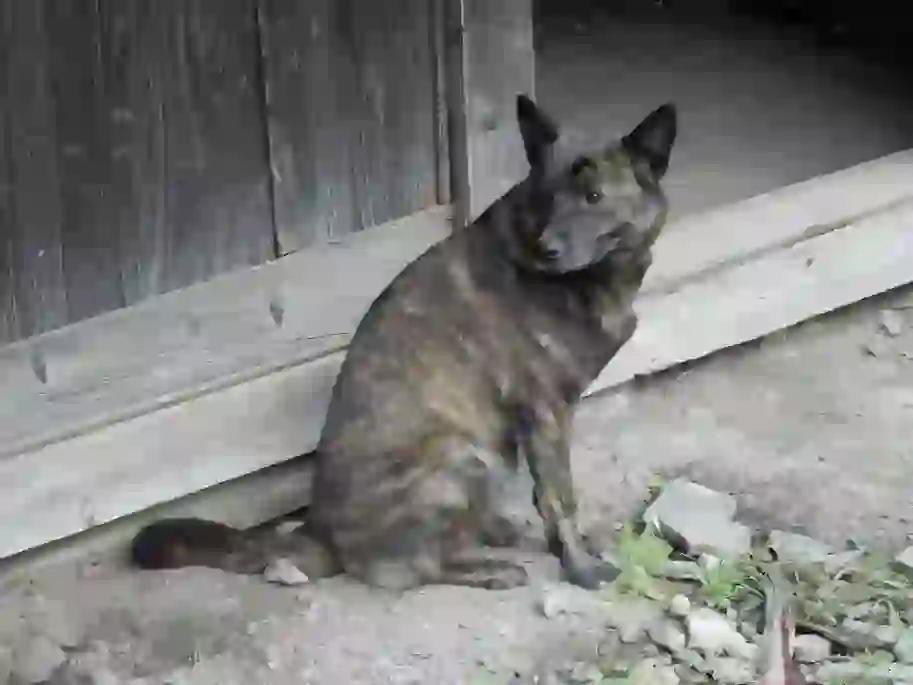
Country of Origin: Japan
English Name: Kai Dog
Size: Medium-sized dog
Height: Males: about 46cm to 50cm, Females: about 43cm to 47cm
Weight: Males: about 14kg, Females: about 13kg
The Kai Dog, which thrived in the Kai region around what is now Yamanashi Prefecture and the Southern Alps, was selectively bred for its hunting dog traits, resulting in its current form.
There are two types of Kai Dogs: the 'Boar type' with distinct, sleek leg lines and the 'Deer type'.
Bred in the narrow regions of mountainous areas where its population could remain pure due to its strong group behavior that prevented other dog breeds from encroaching.
The Kai Dog, as a native Japanese breed, has an ancient history. However, its origins are not clearly defined.
It is suggested that they might be related to northern dogs not belonging to the Spitz group. It was designated as a national natural monument shortly after the Akita Inu.
Unlike the Akita Inu or Shiba Inu, the Kai Dog was not exported overseas due to its strong temperament, which was considered unsuitable for a household pet.
As a result, only a few are registered with clubs like the American Kennel Club. In Europe, where hunting still occurs, breed registration has gradually progressed.
Kai Dog Q&A

The History of the Kai Dog
The Kai Dog, which was active in the Kai region, centered around what is now Yamanashi Prefecture and the Southern Alps, was selectively bred for its hunting capabilities, leading to its current form.
There are two types of Kai Dogs: the 'Boar type', known for its sleek leg lines, and the 'Deer type'.
They were bred in the narrow, mountainous regions where their strong pack behavior prevented other dog breeds from mixing, leading to a pure lineage.
As a native Japanese breed, the Kai Dog has an ancient history, though its exact origins are unclear.
It is suggested that they might be related to northern dogs not belonging to the Spitz group. It was the second dog breed after the Akita Inu to be designated as a national natural monument.
Unlike the Akita Inu or Shiba Inu, the Kai Dog was not exported overseas due to its strong temperament, which was considered unsuitable for a household pet.
As a result, only a few are registered with clubs like the American Kennel Club. In Europe, where hunting is still prevalent, breed registration has gradually increased.
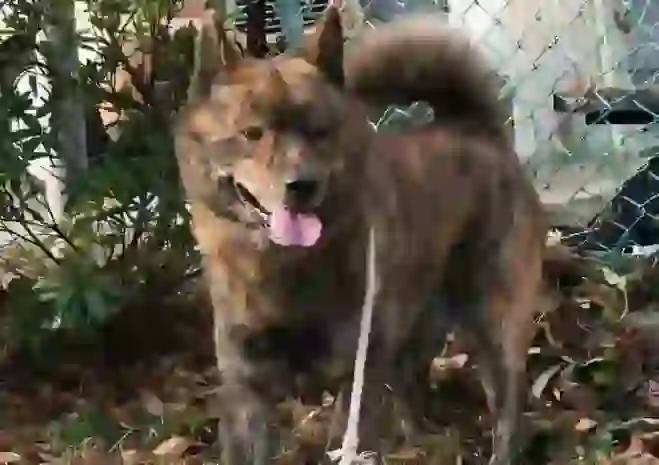
What is the origin of the Kai Dog's name?
The name 'Kai Dog' is derived from the Kai region in Yamanashi Prefecture and the Southern Alps, where the breed was originally active. It is also referred to as 'Kai Tiger' or 'Tiger Dog of Kai' due to its brindle coat resembling tiger stripes.
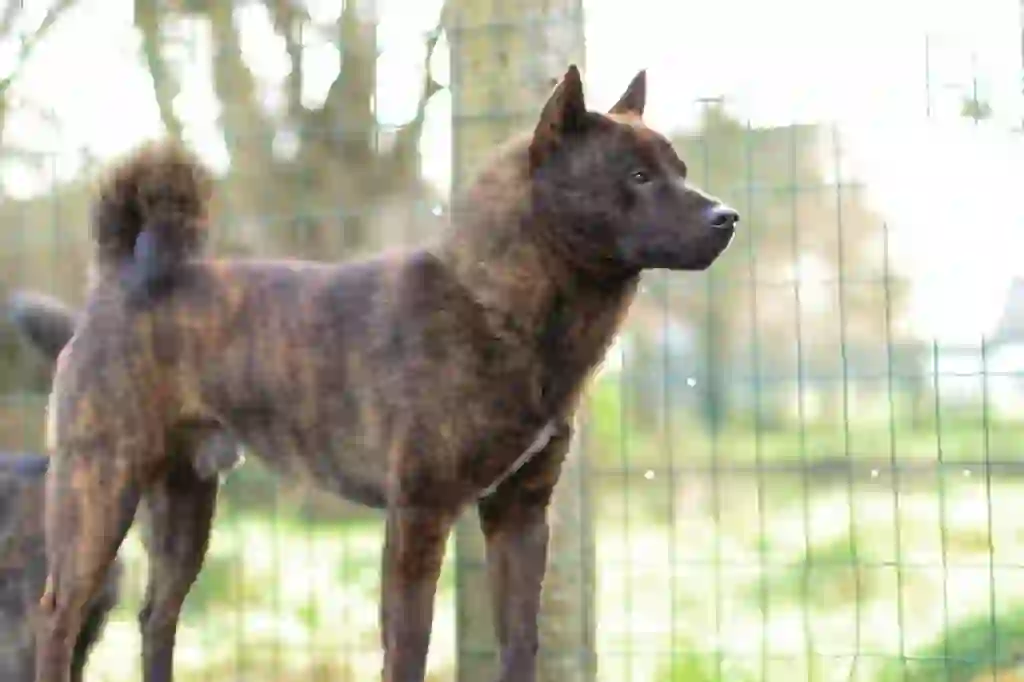
What are the personality traits and characteristics of the Kai Dog?
Known as the 'Kai Tiger', the Kai Dog is recognized for its strong temperament. This section will introduce the personality traits and characteristics of the Kai Dog, as well as what to be mindful of when owning one.
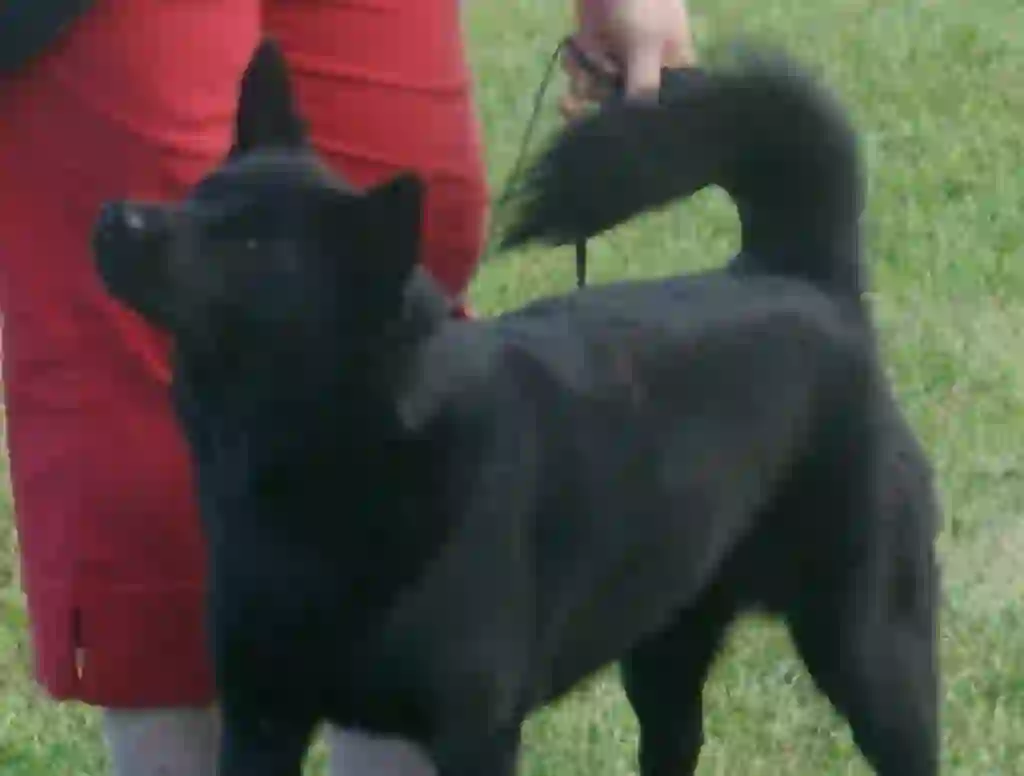
What is the temperament of the Kai Dog?
While the Kai Dog is often perceived as having a strong and rough temperament, it is actually mild-mannered and popular as a beloved family pet.
Described as loyal to a single master throughout its life ('one master through life'), the Kai Dog shows deep loyalty and devotion to its owner.
It tends to become very attached to its family, showering them with affection, but it may treat the person it recognizes as its master as particularly special.
As an active hunting dog, it is highly alert and has a keen sense of judgment, which means it does not unnecessarily demand attention or become bothersome even when the owner is busy.
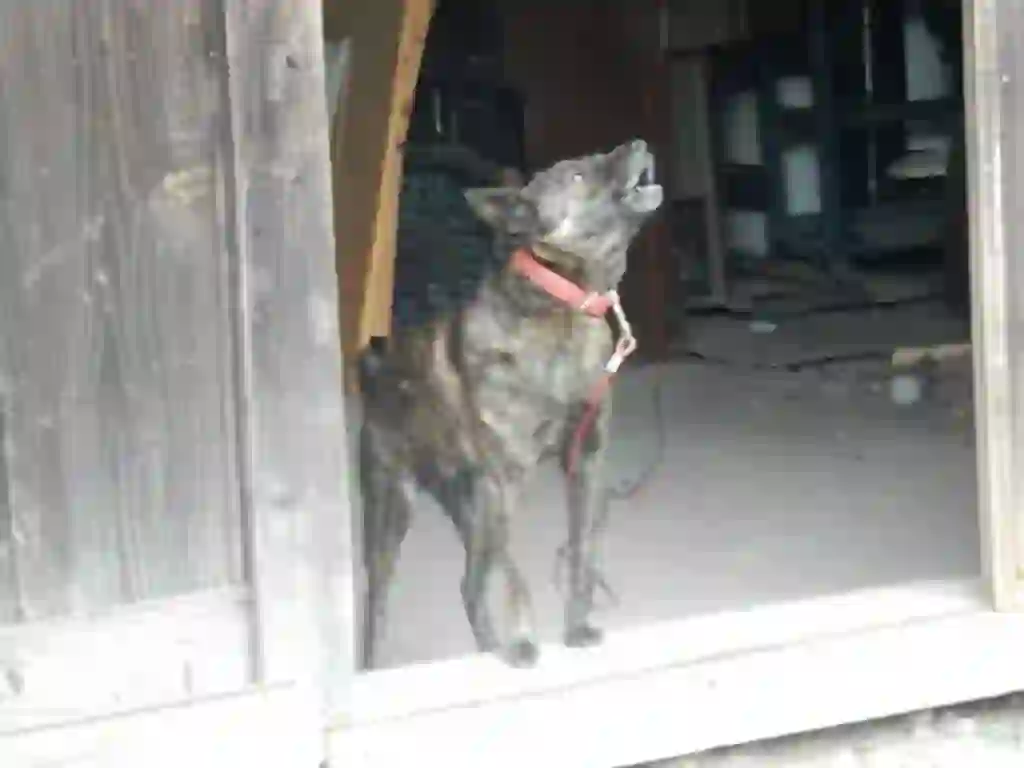
What are the characteristics of the Kai Dog?
The Kai Dog, still active as a hunting dog, has been bred for its strong temperament, which is an important trait for its role. Unfortunately, this makes it less desirable as a pet.
It may show wariness towards strangers, other animals, or unfamiliar situations. However, it also has endearing qualities, showing trust and respect to its owner, and can be affectionate and obedient.
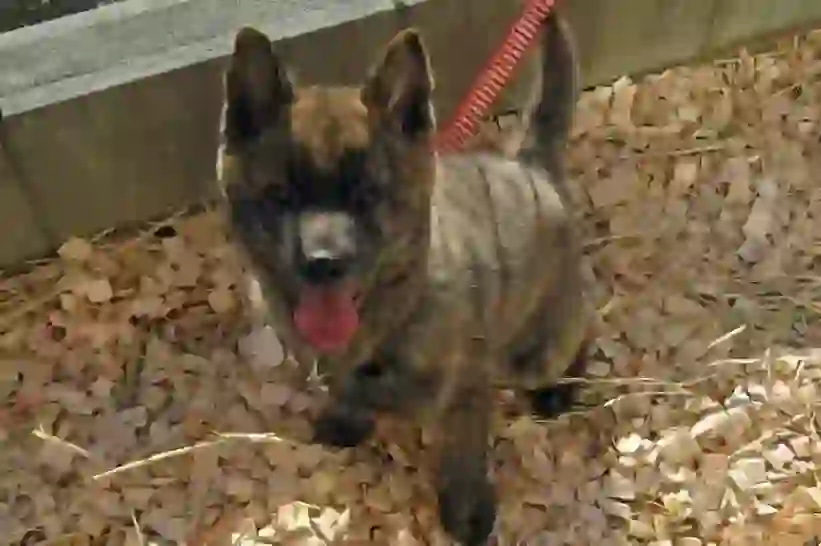
Does the Kai Dog bark or bite?
This section explains potential problematic behaviors of the Kai Dog and what to be cautious about.
The Kai Dog has a tendency to bark strongly at strangers, neighbors, or other animals it sees, as well as at noises outside the house.
This can intimidate people who are not fond of dogs, including children and the elderly, potentially leading to fear.
It could also cause disturbances in the neighborhood, so it's important to be aware of this.
Additionally, as a breed that has been used for hunting, the Kai Dog has a natural inclination to bite. Even playful biting from a puppy, if not corrected, could turn into serious biting as an adult.
Given their strength, even playful bites can cause significant injuries, which can be dangerous.
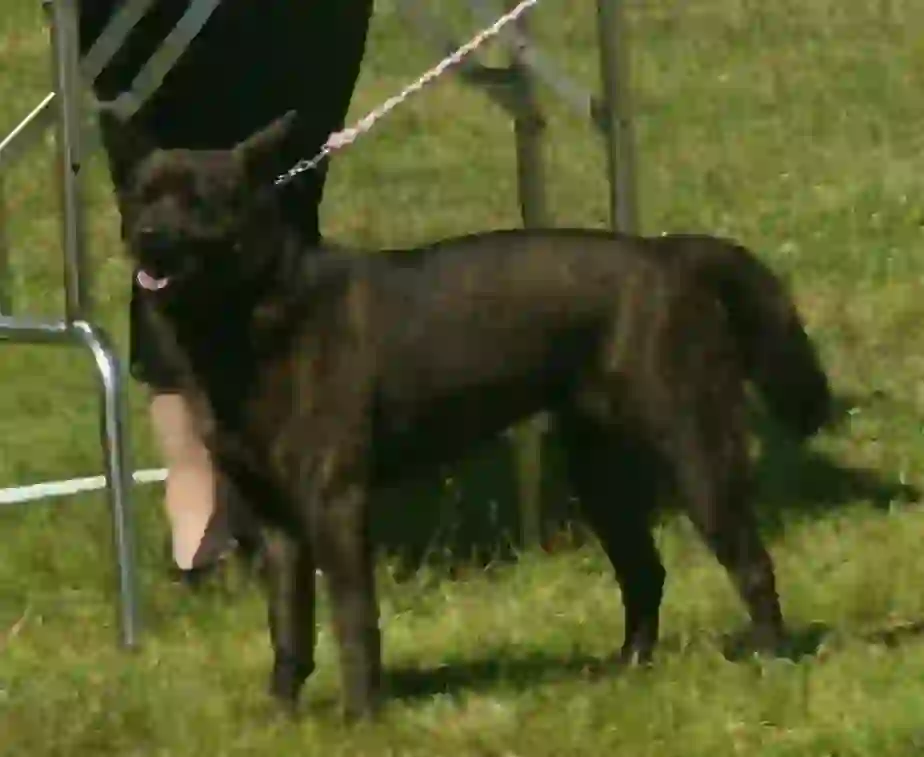
When should training for the Kai Dog begin?
Understanding the behavioral issues of the Kai Dog and explaining how to train them effectively is crucial. While it is tempting to spoil a puppy, their behavior from the age of 3 to 13 weeks can shape their future temperament.
Introducing them early to other people, animals, and various everyday sounds and noises can prevent the development of excessive wariness.
Proper training during puppyhood can lead to a more sociable and less barking adult dog.
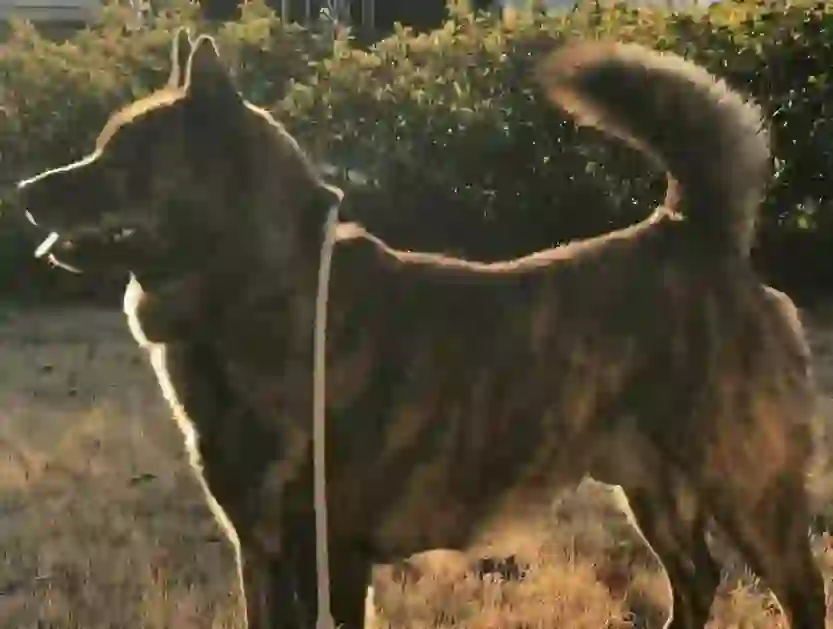
How to handle the Kai Dog's biting habit?
Biting is a natural instinct for dogs. To satisfy their chewing urge, provide them with toys or dog chews.
Creating a 'no-chew' environment by keeping chewable items out of sight is also important.
If they become too excited and start biting during play, take away the toy to help them calm down.
Teaching them that biting ends the fun playtime can help mitigate this behavior.

How much exercise does the Kai Dog need?
Providing plenty of exercise can help alleviate boredom and reduce stress. Kai Dogs, needing a lot of activity, should be walked for at least 30 minutes twice a day.
Incorporating jogging into their walks is also recommended. Sufficient exercise can also reduce behavioral problems.

How should the Kai Dog be groomed?
Grooming the Kai Dog involves brushing its coat about twice a week to enhance the coat's shine and improve skin circulation.
During the shedding seasons in spring and summer, daily brushing is recommended.

What health issues should be watched for in the Kai Dog?
The Kai Dog has been inbred as a hunting dog to enhance its hunting traits, which means it has few genetic diseases.
However, as with many native Japanese breeds, it is prone to allergic skin diseases. If you notice frequent scratching or redness of the skin, a vet visit is recommended.

What is the lifespan of the Kai Dog?
The average lifespan of the Kai Dog is estimated to be between 12 to 15 years. Generally, household dogs in Japan tend to live long, with an average lifespan of about 14 years.

In conclusion
This section has covered the history, characteristics, and care of the Kai Dog, a designated natural monument of Japan. With its robust body, the Kai Dog continues to excel as a hunting dog today.

Would you like to become a part of the 'Animalbook.jp'?
Turn your knowledge into Q&A and share it with the world. ※Publication will be activated after purchase. Let's share information together!
Kai Dog Type of List
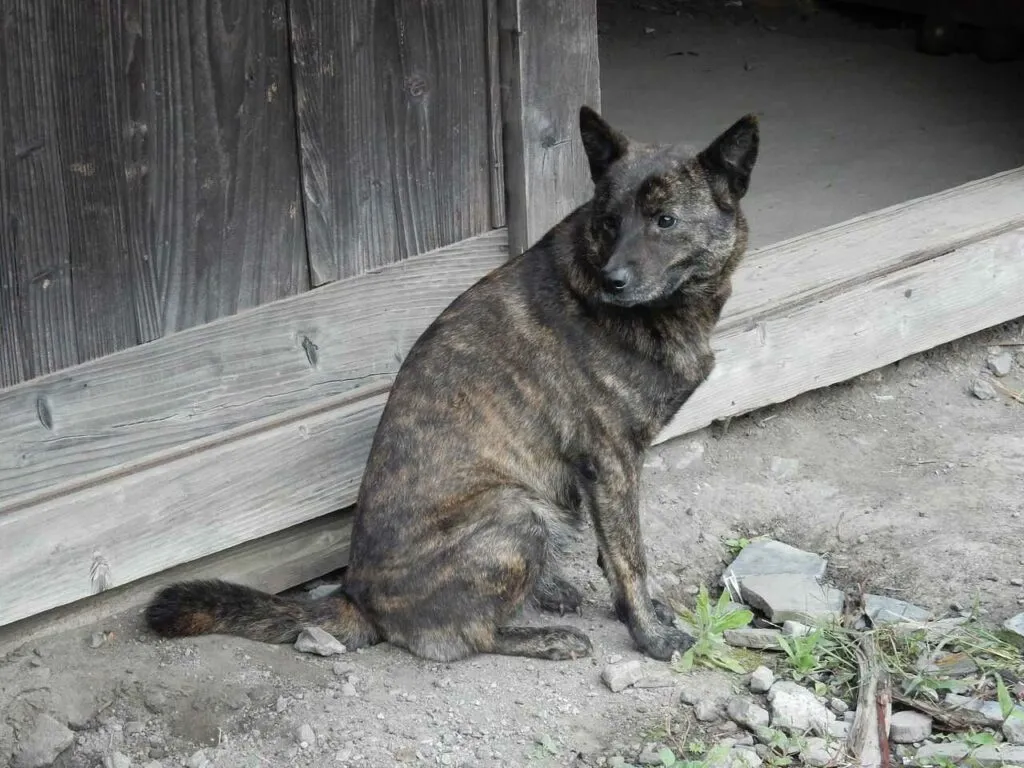
- Kai Dog
Information
Congratulations! You are the first commenter!

Create Your Favorite List!
Kai Dog
Save the animals you love! Build your own list to quickly revisit your favorites later.

Would you like to leave a comment?
※Please note: This is for the purchase of rights to post comments within the article.
Find Your Favorites!
Our shop offers a unique and attractive selection of goods themed around various animals.
Kai Dog References

- みんなの犬図鑑 https://www.min-inuzukan.com/kai.html
- COO&RIKU https://www.pet-coo.com/zukan_dog/甲斐犬/
- 犬の家&猫の里 https://dognoie.com/blog/dog-picturebook/kai-training/
- 世界の犬図鑑 https://inuzukan.com/kai/index.html
- みんなのペットライフ https://www.min-petlife.com/50155
- MOFFME https://moffme.com/article/547
- docdog https://www.docdog.jp/2020/01/magazine-dogs-s-t-2142.html
- ANA Inspiration of JAPAN https://www.ana.co.jp/travelandlife/article/001221/
- goo国語辞典 https://dictionary.goo.ne.jp/word/虎毛/#jn-160718
- いきもんパラダイス http://www.pet-animal.net/kai/
- PETOKOTO https://petokoto.com/articles/1027
Kai Dog Introduction of media used

出典:https://commons.wikimedia.org/wiki/File:甲斐犬.jpg

出典:https://commons.wikimedia.org/wiki/File:Kai-front.jpg

出典:https://commons.wikimedia.org/wiki/File:Takaikennel.jpg

出典:https://commons.wikimedia.org/wiki/File:甲斐犬の遠吠え.jpg

出典:https://commons.wikimedia.org/wiki/File:Kai-puppy.jpg

出典:https://commons.wikimedia.org/wiki/File:KaiKen1.jpg

出典:https://commons.wikimedia.org/wiki/File:Kai-portrait.jpg

出典:https://commons.wikimedia.org/wiki/File:Iosxissx4_097.JPG

Help Enrich Our Animalbook.jp with Your Media!
We are constantly looking to expand and enrich our Animalbook.jp with amazing photos and videos of animals. If you have any media that you'd like to share, please contribute and help us showcase the beauty and diversity of the animal kingdom. Your submissions will be credited and featured in our encyclopedia, reaching a wide audience of animal lovers.


















